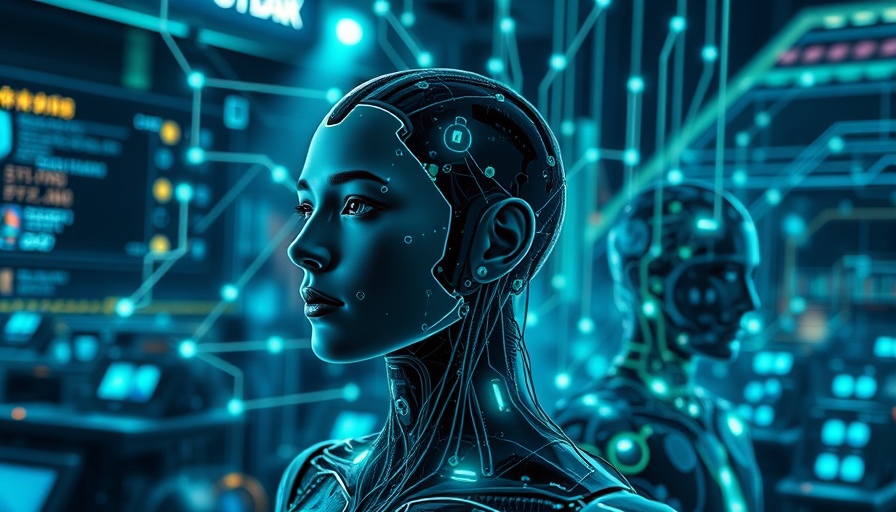
Why AI Adoption Fails: A Human-Centric Perspective
As companies race to adopt artificial intelligence (AI), many lose sight of a fundamental truth: organizations are not just systems aimed at achieving goals but also human communities. This misstep can lead to significant challenges within workforce integration of technology. Instead of reaping benefits from their AI investments, businesses too often find themselves grappling with fragmented workflows and disengaged employees. To navigate the complexities and ensure successful AI adoption, leaders need to focus on a thoughtful, human-centric approach.
Common Pitfalls of AI Implementation
Identifying the dangers associated with rushed AI deployment is critical for CIOs, HR leads, and business process managers. Let’s explore the four most prevalent pitfalls:
Treating AI as a Goal
Many organizations mistakenly view AI purely as a destination rather than a tool. The focus shifts to checking off the box: "We have AI!" However, the measurement of AI’s success lies not in its adoption but in how it enhances overall performance and employee experience. Leadership should prioritize tangible outcomes resulting from AI applications.
Overlooking Human-Centric Design
The failure to incorporate human-centric design in AI systems often results in undesirable consequences for workers. When these systems undermine autonomy, create surveillance states, or disconnect staff from real-world interactions, motivation takes a hit. As discussed in the latest research, a genuinely human-centric approach is vital for organizations aiming to maintain employee engagement while ensuring optimal productivity.
Excessive Reliance on Automation
Another serious oversight is the inclination to over-automate processes. Not every business decision benefits from algorithmic decision-making. Human judgment—including ethical considerations and nuanced thought—is irreplaceable. If organizations overly depend on AI, they risk dismantling career progression opportunities, stunting employee growth and innovation.
Neglecting Organizational Adaptation
AI tools are not plug-and-play solutions; they necessitate tailored tweaks within company workflows and roles. Failing to assess and amend processes can lead to friction, ultimately hindering the positive influence of AI. A customized approach ensures that these systems are aligned with organizational culture and operational intricacies.
A Human-Centric Way Forward
For organizations to embrace AI effectively, leaders must shift their focus back to people. Here are key principles to guide AI adoption:
Identify Problems First
Effective AI applications stem from understanding real challenges before introducing new technology. Organizations should examine where AI can solve genuine business issues rather than merely implementing technology for its own sake.
Incorporate Employee Feedback
Engaging employees throughout the adoption process improves acceptance and integration. Soliciting insights from those directly affected can help refine AI systems, ensuring they enhance worker experience rather than disrupt it.
Invest in Training and Support
To reduce resistance to AI systems, organizations should focus on comprehensive training that encompasses human interaction alongside technology. As organizations evolve, empowering employees with both technical skills and soft skills becomes essential.
Revisit Organizational Structures
A successful AI integration warrants a reevaluation of existing structures. Organizations need to create an environment where flexibility prevails. Utilizing frameworks like Agile can enhance responsiveness, promoting a culture that embraces change and innovation.
Final Thoughts
The intersection of AI technology and human experience yields a cornucopia of opportunities for businesses willing to take a more rounded approach. By addressing the pitfalls mentioned and prioritizing a human-centric strategy, organizations can harness the transformative power of AI while fostering vibrant and engaged teams. This shift not only leads to empowered employees but also drives innovation, paving the way for long-term success.
If you’re a CIO, HR lead, or business manager, consider these insights as you tackle the evolving landscape of AI. Embrace the next phase of your organization’s journey by fostering human connections alongside technological advancements.
 Add Row
Add Row  Add
Add 




Write A Comment